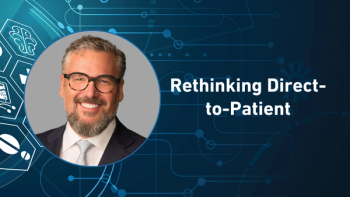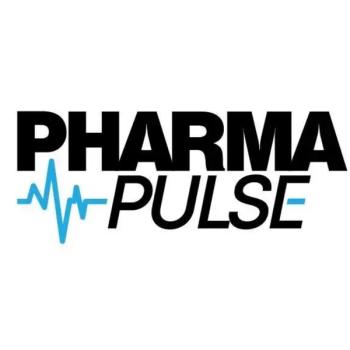
Innovative Paths to Obesity Medication Access
In the third part of his Pharma Commerce video interview, Hyung Heon Kim, CEO of MetaVia, outlines alternative reimbursement or value-based contracting models that could be feasible in the short term, given CMS’ decision not to finalize coverage for obesity meds in 2026.
In a video interview with Pharma Commerce, Hyung Heon Kim, CEO of MetaVia, describes how the current US payer ecosystem, including commercial insurers and Medicaid, exhibits a divided approach when it comes to supporting access to obesity medications. Coverage largely depends on whether obesity is accompanied by additional health complications. He explains that there are essentially two categories of patients: those who are obese without any complications and those who are overweight or obese with related conditions, such as type 2 diabetes or Metabolic Dysfunction-associated Steatohepatitis (MASH).
For patients who fall into the second category—those with complications—insurance coverage is typically available. This is because obesity-linked conditions like type 2 diabetes are recognized as serious health issues that require treatment. Payers are prepared to provide coverage in these cases, acknowledging the need for medical interventions that go beyond lifestyle changes alone.
However, for individuals who are obese but otherwise healthy, coverage remains limited. Kim highlights that the current administration does not fully recognize obesity as a disease on its own, instead viewing it as a condition that can be managed through lifestyle interventions, such as diet and exercise. This perspective means that insurance companies are less inclined to cover obesity medications for patients who do not have related health complications.
Kim suggests that this approach overlooks the broader benefits of proactive obesity treatment, which can prevent complications before they arise. While insurers and Medicaid seem prepared to handle cases with associated conditions, they are not yet structured to provide long-term affordability and access for individuals seeking preventive care solely for obesity. In essence, the payer ecosystem is ready for treatments tied to co-morbidities but lacks readiness and policy alignment for covering obesity medications in otherwise healthy patients.
He also comments on how dual-action metabolic therapies address clinical or tolerability gaps observed in first-generation GLP-1s; alternative reimbursement or value-based contracting models that could be feasible in the short term, given CMS’ decision not to finalize coverage for obesity medications in 2026; market dynamics or stakeholder misalignments that need to be resolved for next-generation weight-loss drugs to reach scale without overburdening payers (from a commercialization standpoint); and much more.
A transcript of his conversation with PC can be found below.
PC: Given CMS’ decision not to finalize coverage for obesity meds in 2026, what alternative reimbursement or value-based contracting models could be feasible in the short term?
Kim: For obese, otherwise healthy patients, it is a challenge. But there are a lot of moving parts here, especially on the pharma side. When you look at Eli Lilly for example, when they first launched Mounjaro and Zepbound—let's say Zepbound, because that's for obesity. They had autoinjectors. Everyone was saying it's really expensive (insurance and all that). Then they came up with prefilled syringes, which made sense. Now, they're selling vials, dry powder vials, and people buy that, get it in their refrigerator, take it out. They actually mix it up and inject it by themselves.
Now, have you ever heard of any other drug doing it that way? I haven't really, because it's never been done before.
Everyone thought about compliance issues, but people are doing it because they want the drug, and that's the cheapest way to get it. Insurance-wise, if the coverage gets smaller and smaller for that population, the bigger and bigger the compounding, and those vials will go into sales and probably get much stronger. I think that's the point that people need to really think about. Is that really the right way to do it? People reaching out to third-party vendors when you don't even know what's in the vial. It's for public safety—it needs to be covered.
The way I'm hoping that everyone will approach it is that okay, if you want an autoinjector, no, we won't cover that. But if you're doing a vial, maybe we can cover something. Have a stepwise approach. If the patient is so desperate that they're actually doing the vials by themselves, I think they deserve coverage. To me, it feels like nowadays, it's more like the drug itself: is it covered or not? Maybe we need to go a little deeper into if the patient wants convenience, then maybe not. But if the patient is so willing to do those dry vials at home, then I think the insurance should cover it.
Newsletter
Stay ahead in the life sciences industry with Pharmaceutical Commerce, the latest news, trends, and strategies in drug distribution, commercialization, and market access.




